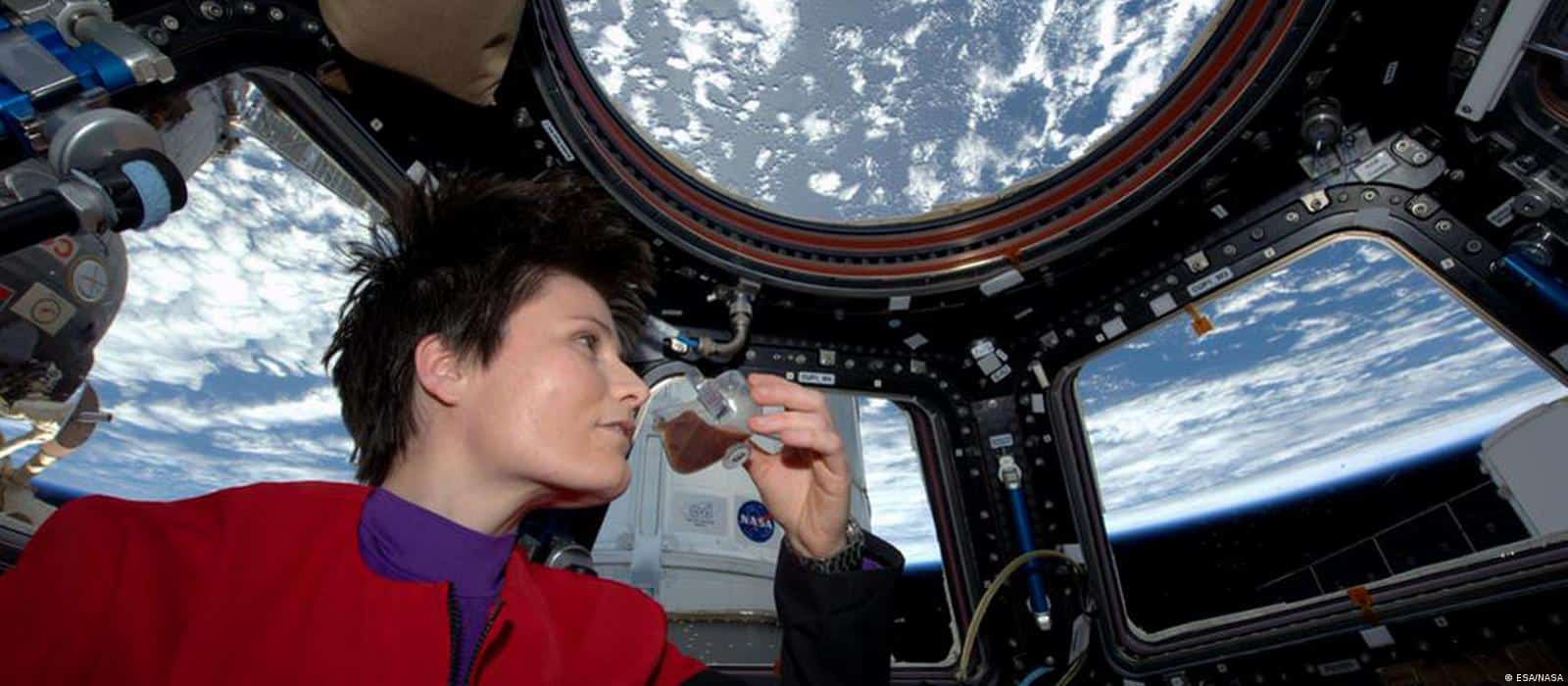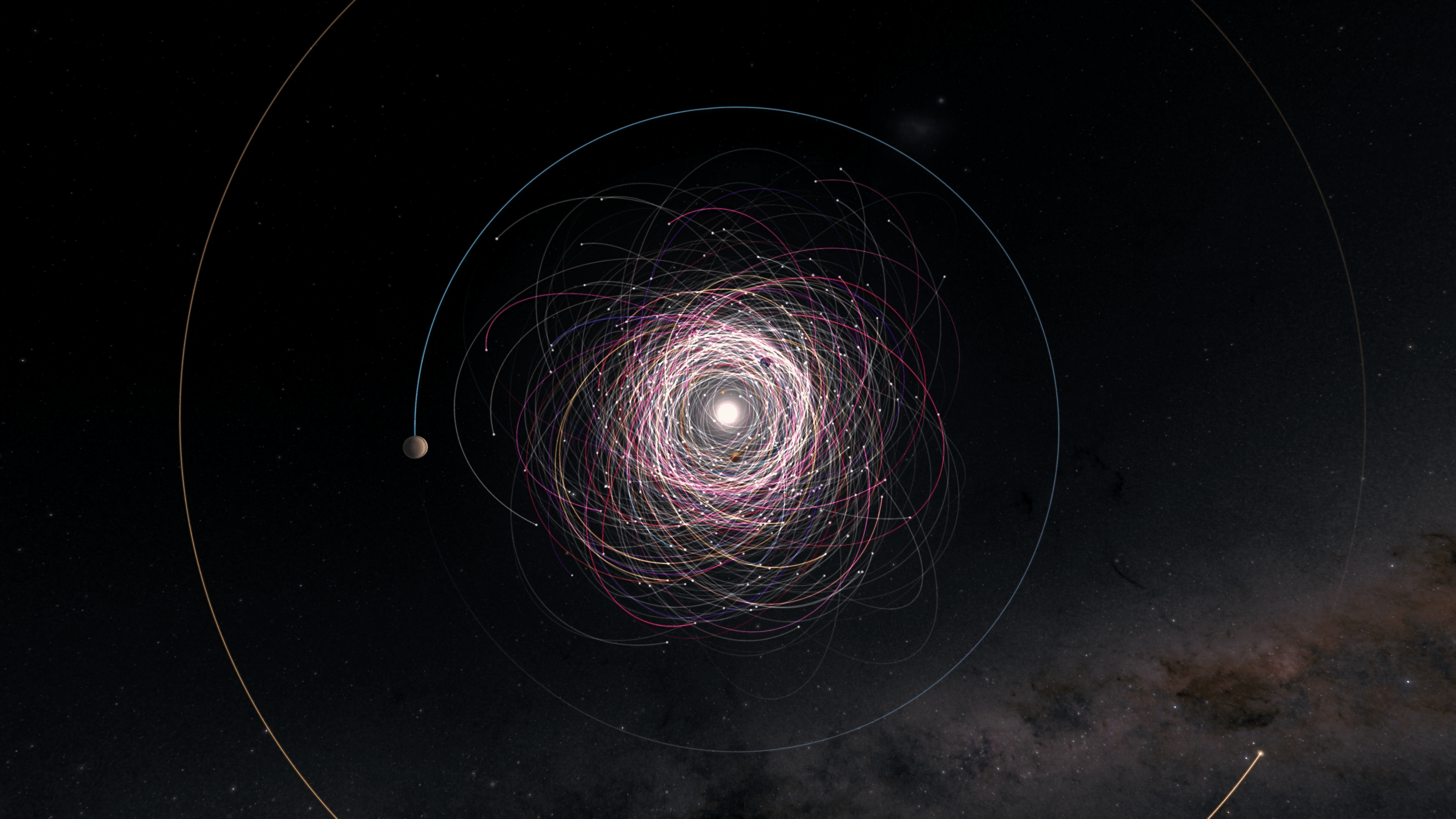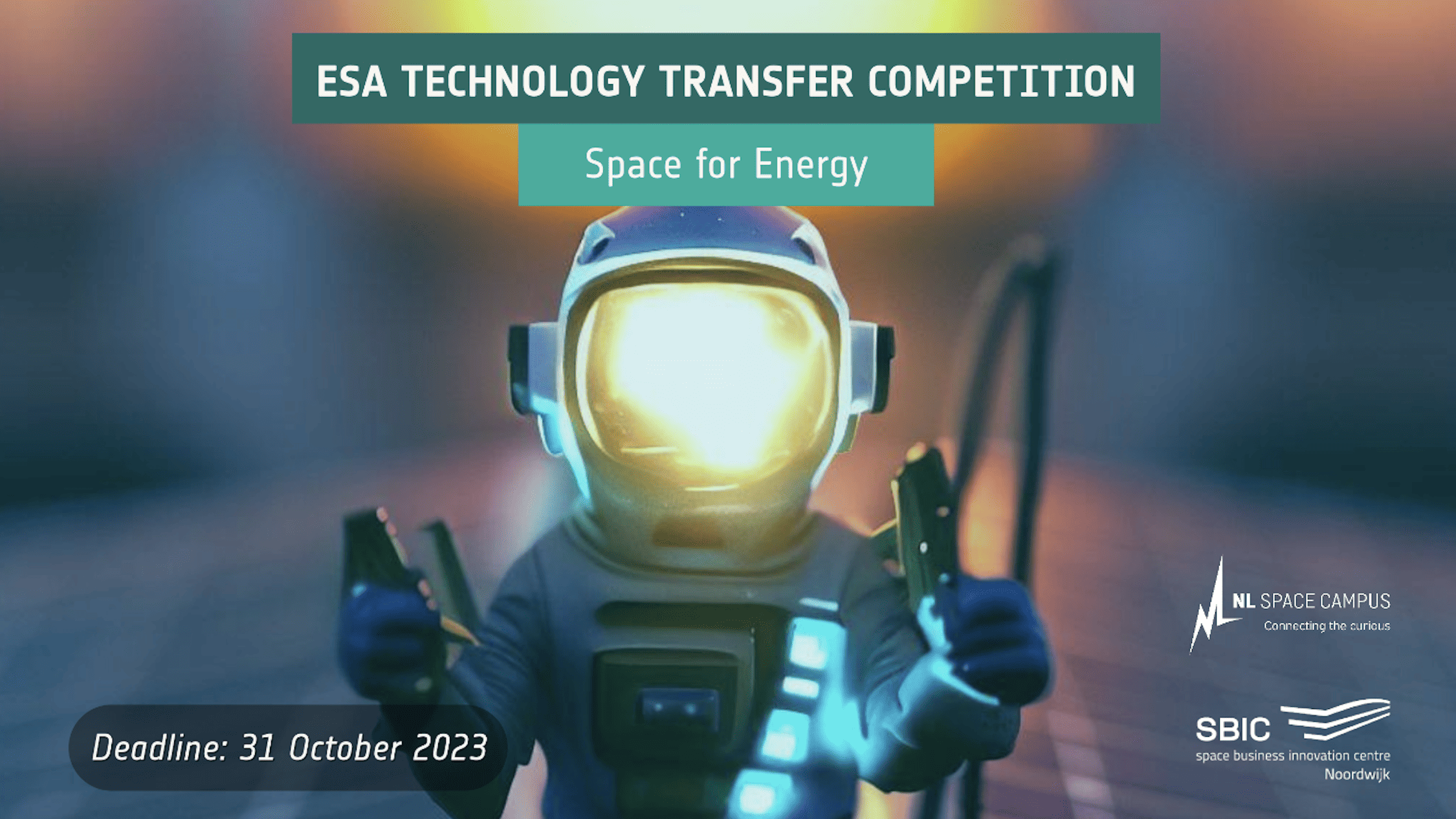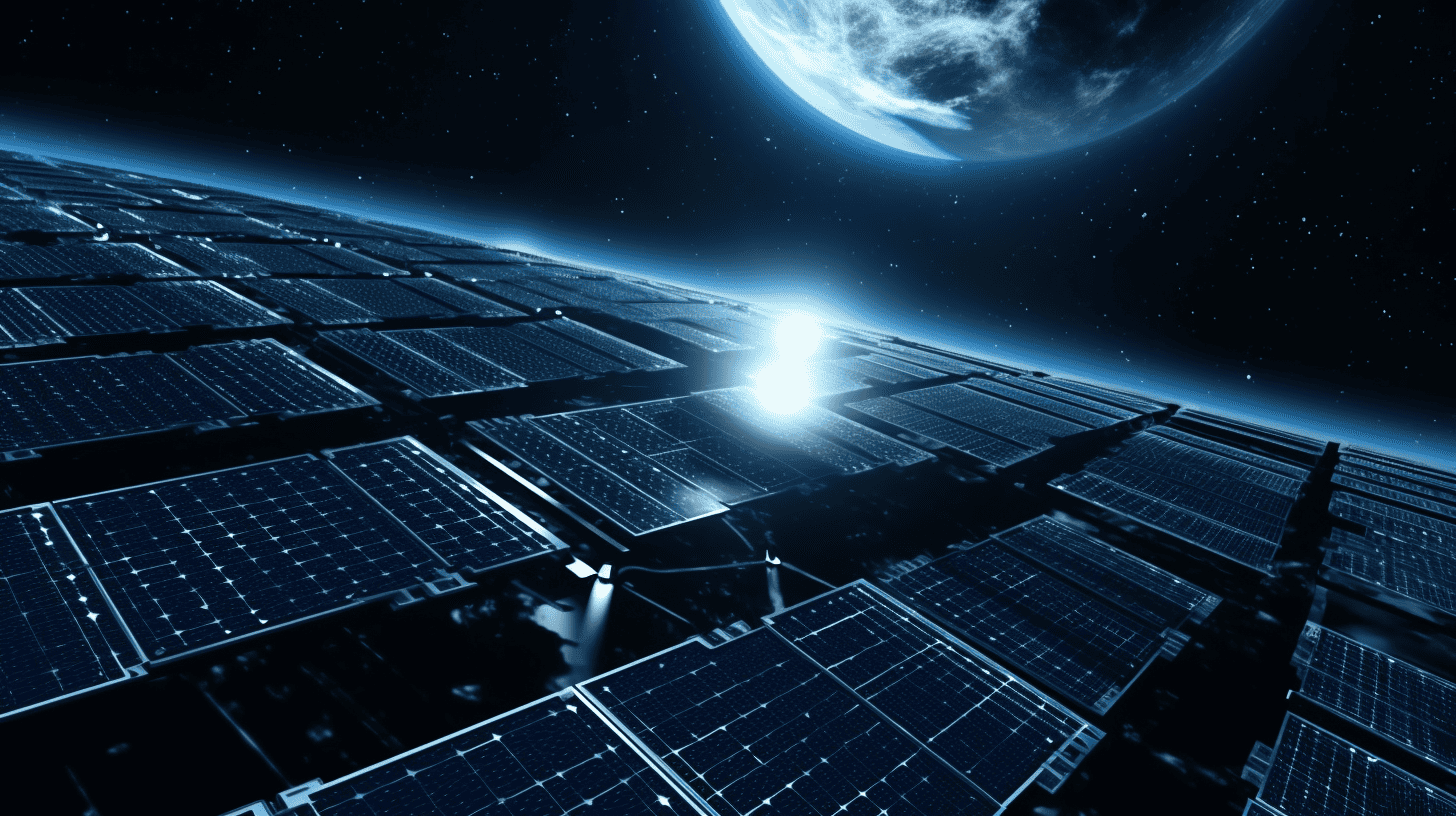
ESA astronaut Samantha Cristoforetti’s experience drinking espresso in space was not just a fun experiment. The development of the ISSpresso machine and the Capillary Flow Experiment has practical applications in creating better consumer products. Microgravity aids in studying the behavior of fluids, which can help to improve shampoo, medicine, salad dressings, and even household staples such as fabric softeners. NASA, the ISS National Laboratory, and Procter & Gamble (P&G) have conducted Advanced Colloids Experiments (ACE) aboard the International Space Station, resulting in the creation of new patents for P&G and the latest P&G Febreze formulation.
Matthew Lynch, a P&G researcher, says that two-thirds of the company’s biggest brands could benefit from colloids research and, in turn, improve products for consumers. A 1% savings in production costs or slightly longer shelf life for household staples such as Downy fabric softener becomes significant when considering that P&G products are used by an estimated 4.8 billion people every day, more than half of the Earth’s population.
Other companies have also taken advantage of station physics research to improve their products. Delta Faucet conducted the Droplet Formation experiment with the ISS National Laboratory to improve performance and user experience and conserve water and energy.
ESA Research on Microgravity Fluids
The European Space Agency (ESA) has performed numerous microgravity fluids studies, contributing greatly to our understanding of boiling, heat transfer, and fluid flows. The FOAM experiment studied bubble size, rearrangement dynamics, and other properties of wet foams, which break down quickly in gravity and are difficult to study on Earth. Solid and liquid foams are used across a variety of industries, from cleaning products to food and medicines, so gaining a better fundamental understanding of foams could help improve their control and process design in these industries.
The ESA RUBI experiment analyzed bubbles formed during boiling. Without gravity, boiling takes place in slow motion and produces larger bubbles. RUBI allows scientists to observe and measure effects that are too fast and too small on Earth, getting a complete understanding of heat transfer during the boiling process. This information could be used to design improved cooling systems or even spacecraft.
Unique opportunity
Whether for improving everyday products or advancing technologies for space exploration, microgravity provides a unique opportunity for researchers to observe physical and chemical processes through a completely new lens.








